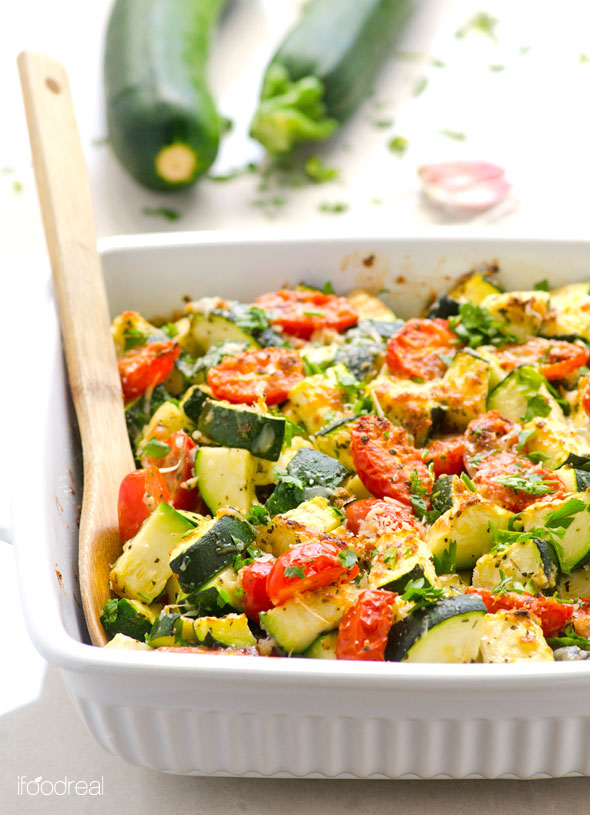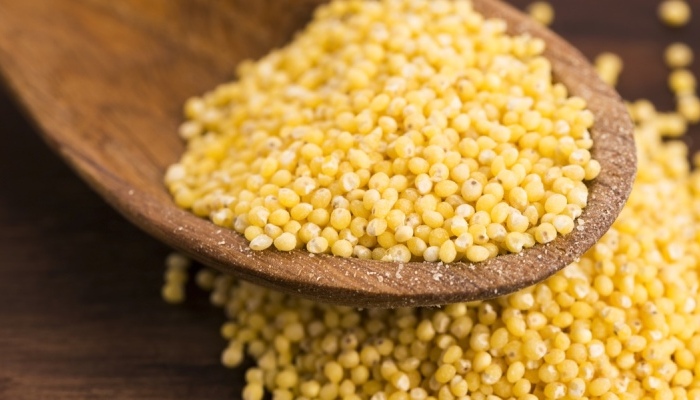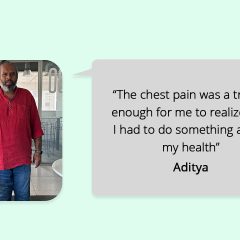
Processed foods are something we humans cannot seem to stay away from. What starts with saying “once in a while,” invariably becomes an addiction that cannot be given up easily.
Why are they so hard to refuse? First off…the term ‘Processed foods’ can be a bit ambiguous. It can encompass foods that is commercially prepared to ease their consumption. Given that vague definition…it’s important to note that not all the processed food are bad. Some foods, for example,are “processed” mechanically and are still considered “whole foods.” One good example of this would be like packed, chopped vegetables, fruits cut and packed would be another example. In their own juices are few examples.
For the purposes of this article, we are referring to foods that are industrially processedand chemically altered in a fairly significant way.
In other words, the foods we are concerned about include:
- Instant noodles (& please keep in mind..am not just talking about maggi!!)
- Chips such as potato chips.
- Pretzels
- Beverages such as soft drinks, juices
- Fast food
- Candies,
- Cookies
- Canned products such as soups and pasta
- All ready to cook food items like ready to cook soup packets, oats, and pasta
- Packaged mixes like cake mixes, mac & cheese, brownie mixes and different gravymixes
In other words, when I say “processed food” I’m primarily referring to those foods considered “junk food.”
But It’s Just Food. What Could Possibly be the harm in Eating Food?
It’s a fair question to ask. After all…why should we avoid them if our FDA has approvedall these products in the market and deemed them “safe” for consumption?
Well…the thing is “safe” is a relative term. The FDA has found it to be true that none of these foods will kill you on the spot but that doesn’t mean they won’t cause cumulative harm in the long term. Nor does it mean it won’t disrupt your health…
Here is why you should run away from all these devils…
A) TRANS-FATS: (http://goqii.com/blog/trans-fat-the-biggest-enemy-of-your-heart/)
This should be the single most pressing reason for you to leave all your favorite noodles and chips.. But what are Trans-Fats, anyway?
- Trans-fats are the hydrogenated oils which after processing act as saturated fats. Have youever noticed that vegetable oils are liquid? But butter is solid? A trans-fat is a fat that began as aliquid, but by changing the chemical structure of the oil, became a hardened fat. Think…margarine.
- They are considered as the most dangerous fats more harmful than saturated fats.
- They increases the levels of bad cholesterol (LDL) and decreases good cholesterol (HDL) thus making you more prone to heart diseases,hypertension.
SO WHY FDA IS ALLOWING THEM IN THE FOOD?
Yes, FDA has made it mandatory for all the food companies to mention trans-fat levels on their nutritional labels.But a ‘zero’ level of trans-fat doesn’t indicate that the product is completely trans-fat free.The products which contain trans-fat below 0.5g are free permitted to omit or to market it as ‘trans-fat free’,So, a product which is containing 0.4g of trans fat can claim is as ‘trans-fat’ free…But 0.4 g is a significant level to be harmful (at least cumulatively)and, moreover, we don’t stop with a single serving of these items.
How often have you foundyourself opening a bag of potato chips only to find you have dug your way through half the bag?That’s well over a single serving. And that double serving will for sure make a huge impact.. Thus, even if a package says it is “free of trans fats” – check the ingredient list. Make sure it doesn’t say “hydrogenated oils” in the list. Any hydrogenated oil is a trans-fat.
WHICH FOODS CONTAIN TRANS-FATS?
You’re most likely to find them in processed foods which are either fried or processed in fat or oil. Trans-fats tend to be cheaper to make, so you’ll also find them in low-cost foods like instant noodles,chips, and ready- to- make flour mixes. Another section to keep an eye on is in the bakery. They are often put in cookies, cakes,and breads made in stores. Trans-fats can help preserve these foods longer, so it makes for a useful ingredient for those making them behind the scenes.
B) SUGAR: (http://goqii.com/blog/are-you-a-sugar-addict/). Most of the processed foods contain very high amount of sugar. In many cases, a single serving of these packaged foods contain a sugar amount that is higher than the recommended daily intake of sugar. That’s right. That one serving of cake from the store may have more than the total daily amount of sugar that you should consume.
For example. A half litreof coke contains 70g of sugar..this means you are taking in
12-14 teaspoons of sugar you are drinking in one go!!! Why should you worry about this?
Read this earlier blog on Sugary drinks: (http://goqii.com/blog/hidden-dangers-of-sugary-drinks/) Well…high amounts of sugar in our diet is linked with Diabetes, heart disease and even cancer.That’s true even if you stay lean and manage your weight.
A study published in the British Medical Journal finds that people in the habit of drinking one sugar-sweetened beverage — such as a soda or sweetened tea — every day had an 18 percent increased risk of developing the disease over a decade. That’s compared with people who steer clear of sugary beverages.
C) SODIUM: (http://goqii.com/blog/salty-facts/)
We derive our daily sodium dose from the common salt we use in our kitchen. As we all know, there are harmful side effects associated with an excess dose of sodium including hypertension,water retention, and kidney dysfunction.We should take sodium in limited amounts.
The upper safe limit to take sodium is 2200 mg/day …which we are able to get from whole food sources such as meats, beans, dairy, grains and even some vegetables.
Almost all the processed foods contain relatively high amounts of sodium. It makes sense! Doing so increases the flavor as well as the shelf life of the product. That’s great news for the company trying to sell the food…and but, as a single serving of most of these products often cover more than half of your recommended daily intake, it’s not really good news for you or for your health.
D) FIBER CONTENT: (http://goqii.com/blog/finding-health-through-fiber/) Most processed foods lose their fiber contents during all those chemical processes. Fiber makes the food harder to cook. Removing it makes their preparation easier. Again – that is great for the food industry, but it’s NOT so good for your health. They turn a profit. All you are left with are empty calories without any nutritional value.
Bottom Line:
Almost all the junk foods are devoid of any nutritional value,contain very harmful substances (or substances in higher amounts than our bodies need) making you prone to different life style diseases like hypertension,obesity,cardiac disorders and type 2 diabetes.
So stay away from them and go for real food!!






